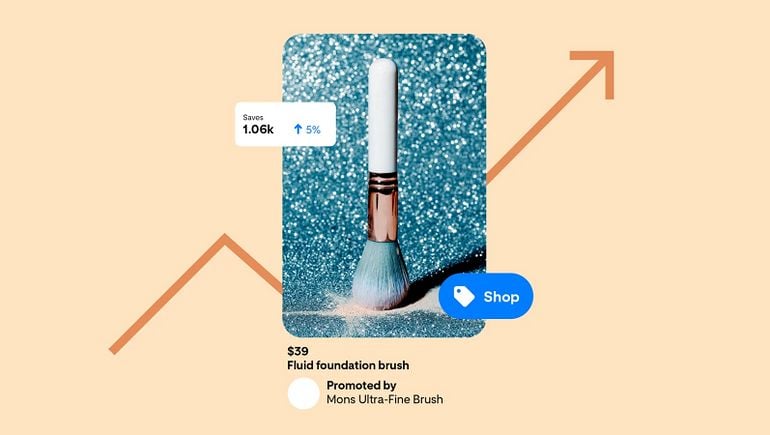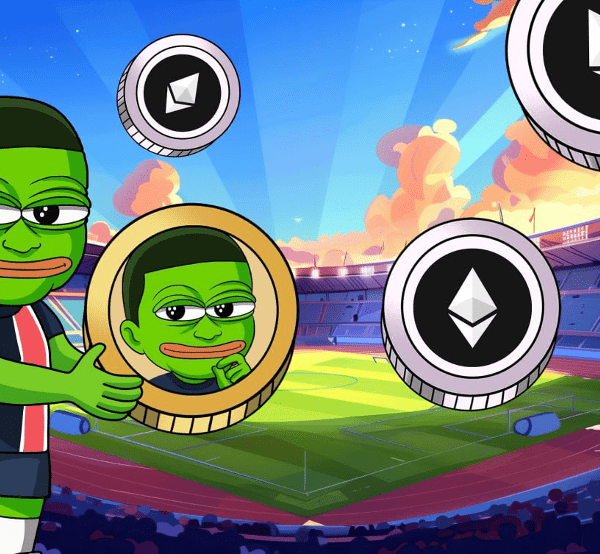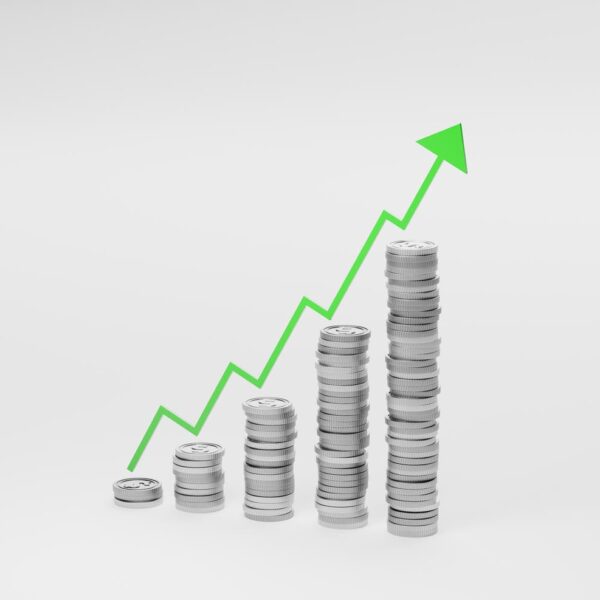With Google adding a range of new AI ad creation options this week, it’s worth taking a moment to consider the expanding array of AI assistance tools now available to marketers, with each of the major platforms now offering various AI-powered elements to help you come up with more resonant creative assets, and improved targeting, to maximize your campaigns.
Here’s an overview of all of the generative AI ad creation features available across the major digital ad platforms. It’s worth noting this doesn’t include the expanded third-party creation tools that you can also now utilize.
If you haven’t considered these yet, it could be worth experimenting with each platform’s native, custom-built AI ad tools.
Meta
Meta’s added a range of AI-powered creative options for advertisers, including image expansion, text-to-image tools, background generation, text-to-video, copy suggestions and more.
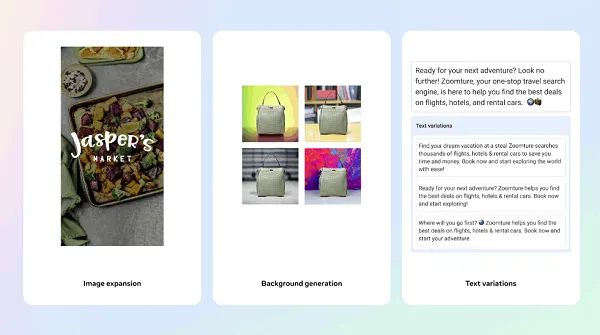
Meta CEO Mark Zuckerberg recently explained how he wants to automate the entire ad generation process, which would essentially enable a business to simply link its product catalog, then let Meta’s system create and run ads for the available products, within their budget parameters.
Which feels risky, but it could also drive good results, with its Advantage+ campaigns already driving better-than-average performance for many brands.
And, really, it makes sense that AI systems would be better than humans at this.
The current wave of generative AI functions are built on extremely complex predictions, using established human patterns in web activity as markers to define each response. So they know what people are looking for, how they’re looking, and how they respond online. AI tools know what each person is engaging with, and what they’re likely to be interested in. Likely better than you do, and these tools could be worth exploring for your Facebook, Instagram and Threads campaigns.
TikTok
TikTok has a range of AI ad tools available via its Symphony platform, including ad script generation, image generation, trending templates, text-to-video, AI avatars and more.
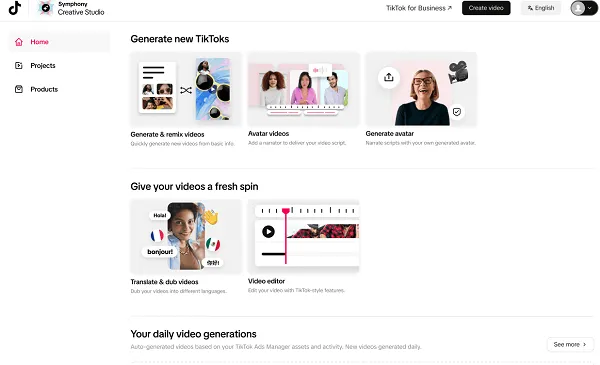
Much like Meta’s tools, TikTok’s Symphony suite is designed to build your TikTok campaigns and clips for you, based on just a product description and/or URL. The system will even drag in images from the URL and build them into an AI-generated video clip.
And the content that’s generated is based on TikTok trends and activity, which could make it more resonant, more engaging, and help you generate better results in all aspects.
Like all social platforms, TikTok also uses predictive AI and machine learning tools for ad targeting.
X
X continues to evolve its AI tools, with its Grok chatbot now able to generate images, including ad variations, based on text prompts.
It can also incorporate variable inputs, including hand-drawn sketches, as inspiration. And yes, X’s ad system can also generate ad copy and content based on a product URL.
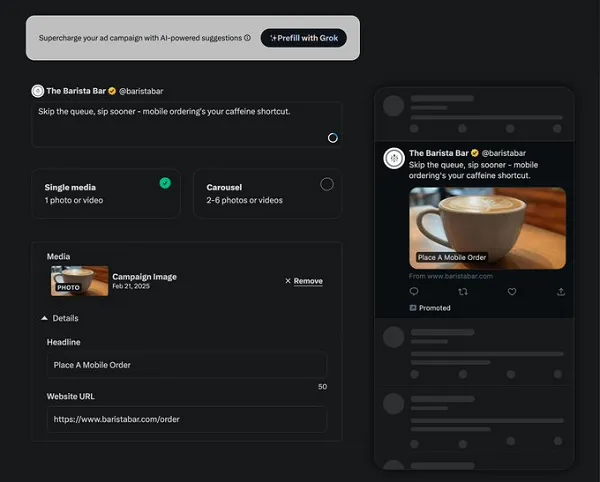
X also offers AI-powered analytics to improve your campaigns, while its ad targeting is also now based on xAI frameworks, which should improve ad relevance.
Pinterest has background image generation for your Pins, automated image resizing and creative optimizations, powered by its AI systems.
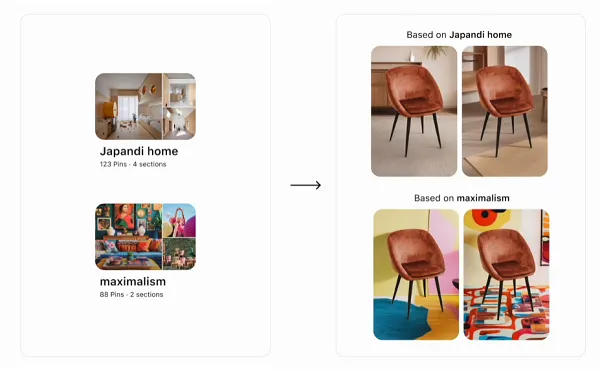
These are all part of Pinterest’s Performance+ suite of ad options, which also incorporates ad targeting automation and management.
Just implement the Pinterest Conversions API and Pinterest Tag, and Pinterest’s systems can now build whole campaigns for you, based on your existing product imagery.
LinkedIn has gone all-in on AI, partly due to its parent company Microsoft investing billions into OpenAI, the maker of ChatGPT.
As such, LinkedIn has AI tools for every aspect of the ad process, including visual creation (via creative integrations with Microsoft Designer), text-generation and two versions of fully-automated campaign types, in Performance Max and Accelerate.
It also has Predictive Audiences for ad targeting, Lead IQ, which provides AI-powered insights into any LinkedIn user (in Sales Navigator), AI-generated campaign overviews in Campaign Manager and more.
LinkedIn’s also looking to incorporate AI agents into every aspect, which will also include simplified ad creation via its AI tools.
Snapchat
Snapchat recently announced AI-powered smart bidding, which enables advertisers to set a target cost-per-action that Snap’s system will then set out to achieve.
It’s also got ad copy generation, via its Gen AI Copy Generator, as well as text-to-image generation, and it’s developing text-to-video generation as well.
Though Snap’s key differentiator on the AI front is in AR creation, with its Gen AI suite for Lens Studio enabling text-to-AR object creation, simplifying the process.
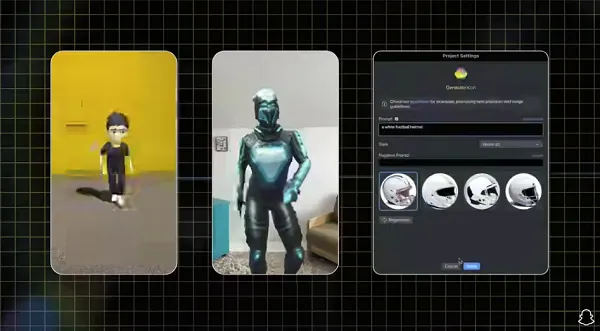
Meta’s AR and VR creation elements also now have AI assistance built in, but given the popularity of AR features on Snap, they may be more valuable, in an advertising sense, for Snap at this stage.
Snap’s also got AI-generated Sponsored Lenses, providing another cost-effective way for brands to tap into Lenses, as well as the AI trend.
Finally, Google has a range of AI tools, which it updated at its I/O conference this week.
Google offers fully-automated Performance Max campaigns, smart bidding powered by AI, as well as text-to-image and text-to-video tools.
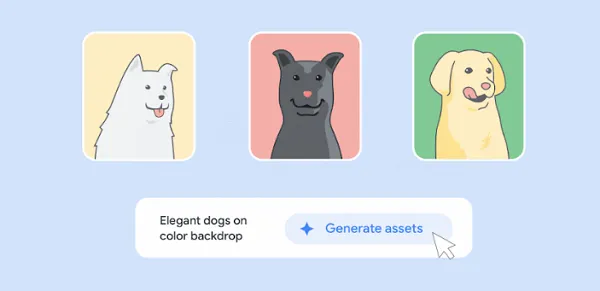
It also now offers AI Max for Search campaigns, which aims to help marketers better align with AI-guided queries and place their promotions in relevant slots.
Google’s also rolling out a new AI agent that will be available across all of its ad creation and management platforms, providing an always-on assistant for your campaigns.
As you can see, there’s a broad range of AI tools available for advertisers, which could help you drive better performance, based on advanced systematic understanding.
At the least, they’re worth factoring into potential ad experiments.





